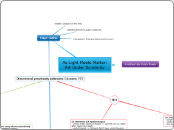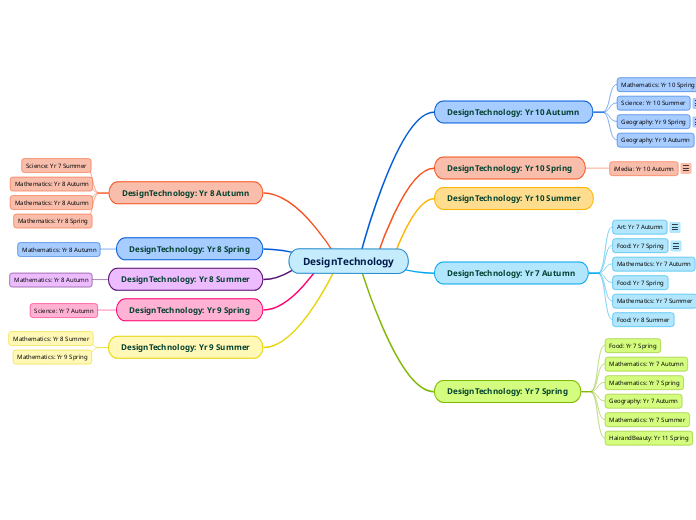mindomo by Farah Anwar
As Light Meets Matter: Art Under Scrutinity
Edgar Collins
Discovered previously unknown Cézanne ???
NO CONCLUSION
Much easier to de-authenticate a painting than to authenticate it !
NO
Dr. Andersen (IR spectroscopy):
- yellow areas cadmium-based -> pigment mix 20 years after Cézanne's death
- underdrawing -> Cézanne didn't have underdrawings
Dr. Andersen (IR spectroscopy):
- another technique must confirm cadmium
Dr. Pruschy (UV spectrum of incident light):
- polyenes oxidized over time: absorption decreases
- century old paintings -> absorbance at 300nm is 0.15
- this painting -> absorbance is 0.6
DR. Philip Marden:
- Dr. Pruschy focusing on isolated region
- Cézanne constantly redoing paintings
Dr. Pruschy (UV spectrum of incident light):
- different regions age at different rates
- some part exposed to light
Dr. Simpkins (fluorescence using short-wave & long-wave UV excitation from mercury lamp):
- no evidence for polyene
- possible that other compound quenching polyene fluorescence
Dr. Wandless, curator of Metropolitan Museum:
- polyenes could be contaminants
Dr. Pruschy (UV spectrum of incident light):
- no way to know conservation of painting
YES
Dr. Simpkins (fluorescence using short-wave & long-wave UV excitation from mercury lamp):
- variability in hand-ground pigments -> made in same studio & by same artist
Dr. Montoya (XRF):
- no pigment anachronisms
Dr. Montoya (XRF):
- cannot exlude that it is painted
by 20th century genius
Dr. Philip Marden & Art Historians:
- painting unsigned, not unusual
- similar to another Cézanne
- same visual elements
- composition characteristic of 1880s constructivist phase
- brushwork indistinguishable from Cézanne's
Dr. Andersen (IR spectroscopy):
- presence of Cézanne's heavy strokes
interested in finding undiscovered artwork
wealthy collector of fine arts
donates artwork to public museums









